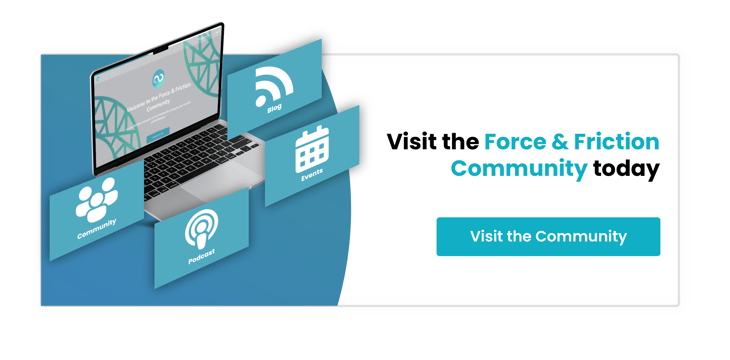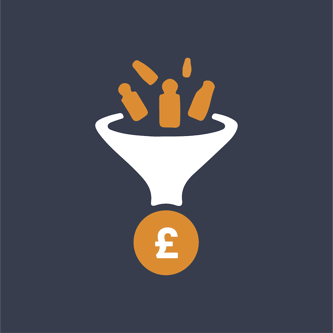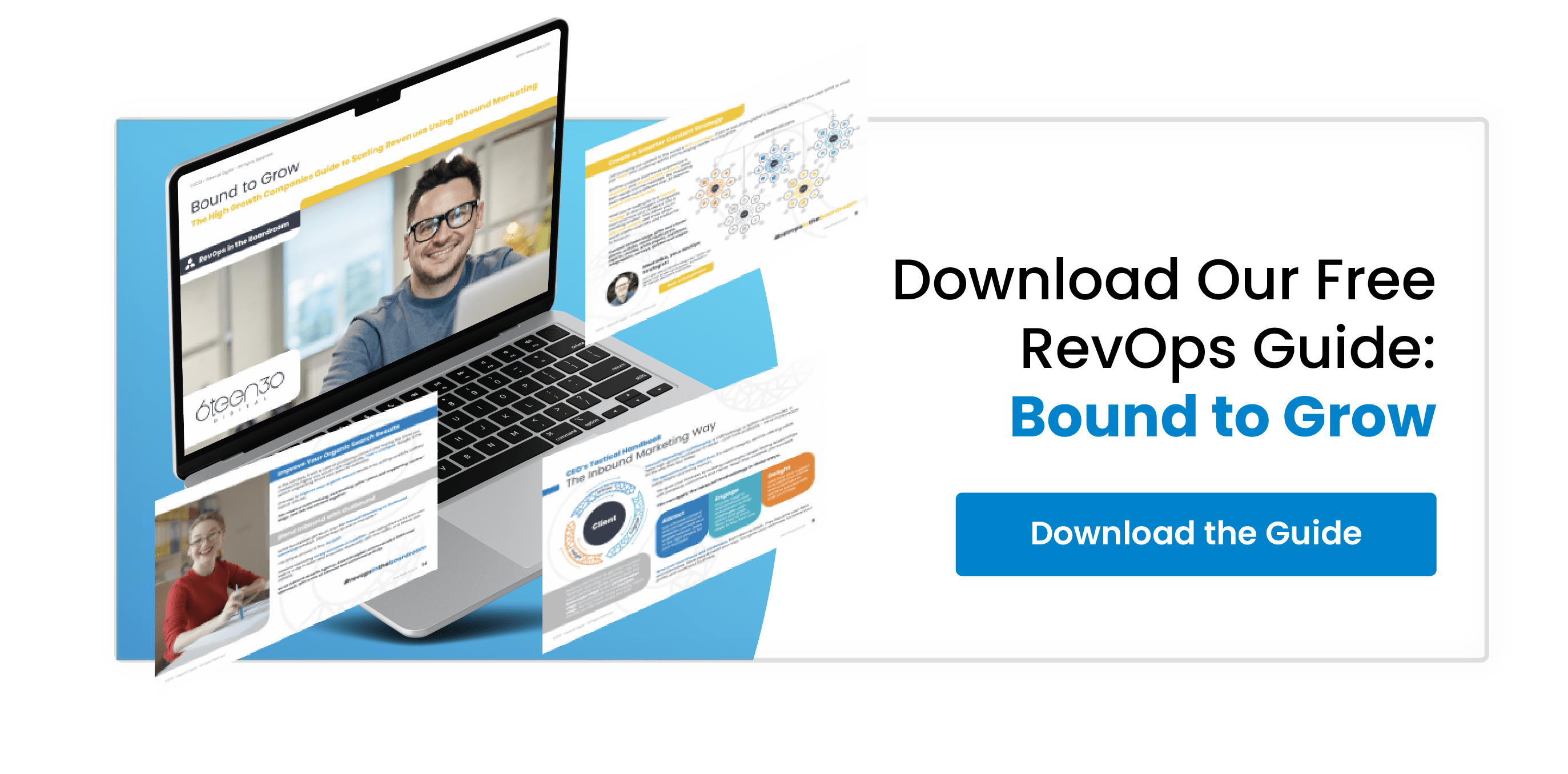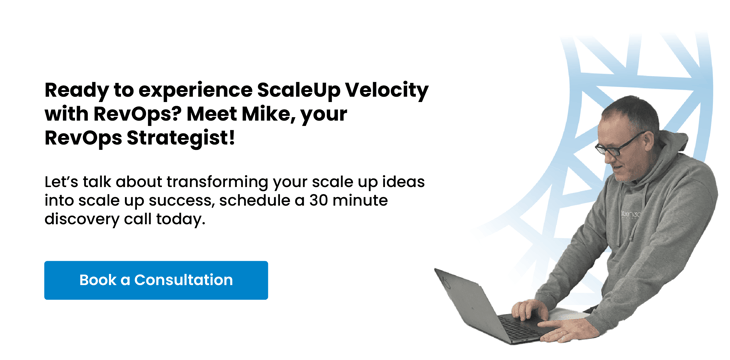
How to Create a Lead Generation System Using Inbound Marketing That Your Sales Team Will Love
Suppose your revenue hasn’t entirely been growing as fast as you’d anticipated. In that case, there are many different areas of your business that you’d naturally look to, and they’re probably all performance-related.
The problem with focusing exclusively on performance is that you may decide to reallocate budget and resources to these areas when they’re not the root of the problem.
If you’re struggling to get from where you’ve been, to where you need to be to meet your growth goals, it could be time to take a closer look at your existing client base.

Growing Your Client Base
Lead generation is a process that works to draw more people into your marketing funnel; it transforms passive audiences into active clients.
And ‘process’ is the crucial word entrepreneurs should focus around.
The old saying ‘if you build it, they will come’ doesn’t apply. Lead generation doesn’t happen organically; you need to make it happen.
Unfortunately, many entrepreneurs aren’t taking the right approach when it comes to growing their client base.
As a lead generation system draws audiences into the marketing funnel, there is a natural focus on the marketing side of things. But once the process transforms potential leads into marketing qualified leads, what then?
A lead generation system shouldn’t just be about bringing people into the marketing funnel; it should also be about supporting them as they transition through into the sales funnel.
And this is especially true if you’re keen for all your departments to work in harmony.
Merely bringing people in satisfies the marketing side of things, sure, but it leaves your sales team feeling underwhelmed if these people don’t take the next step; if they don’t buy.
A strategic lead generation system brings everything together, not only attracting the right kind of audiences as identified by your marketing persona work.
Also, it takes into account your sales team’s conversion strategy to produce a comprehensive process that both marketing and sales will love; perfect if you’ve been struggling to pull all different aspects of the business together.
Download Your Copy Of Bound To Grow: The High Growth Companies To Scaling Revenues Using Inbound Marketing
Creating an Inbound Lead Generation System
The first thing that’s important to note is that there’s no ‘one size fits all’ lead generation system that works for every business.
For example, retailers who deliver products across the country will naturally want to be pulling in leads from all over the nation. In contrast, service providers may wish to focus their efforts more locally with a local lead generation system driven by a tremendous regional organic search strategy, an engaging social media strategy, and highly localised content.
Any lead generation system created and implemented within your organisation must be scalable; it needs to be able to grow with your business to ensure you’re always in a strong position to expand your client base.
In turn, boosts revenue, increase profits, and ultimately give yourself the financial resources you need to grab new opportunities as they arise and drive your organisation in the right direction.
Every business will achieve this slightly differently. However, there are four essential building blocks that every sound lead generation system should incorporate:

- Lead Capture
Lead capture is about finding people to draw into your marketing funnel, whether that’s via an inbound marketing strategy, outbound or a mix of the two.
It’s the essential backbone of any lead generation strategy; without people, there are no leads to generate!
Once upon a time, lead capture was simple. Audiences were happy to be sold to, and in the pre-GDPR days, mostly, collecting, storing, and using visitor information was a piece of cake. Today, however, things are a little different.
Web users are more aware of the risks involved in sharing their information. It’s reported that more than 80% of online data collection forms which are started are never actually finished - which has made navigating the world of data capture more challenging.
Successful businesses are adapting; they’re using shorter forms which have better conversion rates, and they’re using new technologies such as bots which combine effective and efficient data capture with a friendly human touch.
- Lead Magnets
Lead magnets are about drawing people in. Now that you’ve found potential leads to bring into the funnel, it’s time to get them there, and this can be achieved through the use of lead magnets which offer audiences something of value in return for their interest.
The tricky thing about lead magnets is that this is more of an umbrella term which covers a variety of techniques ranging from content signups to free demos, white papers, video training or quizzes.
At this stage of building your lead generation system, there are two vital aspects to take into consideration.
The first is that visitors will not like all lead magnets. Nearly three-quarters of people say that they hate pop-ups.
This means that it’s essential to use lead magnets which will be accepted by your target audience (developing a marketing persona can be useful here).
The second is that, at this early stage in the awareness journey, visitors may not yet be aware of exactly what their ‘problem’ is, so using a ‘solution’-based lead magnet may be too forward-thinking.
- Landing Pages
Landing pages are about keeping potential leads hanging around and boosting their interest.
At the awareness stage, you may have naturally been more interested in using your content for guest posting and off-site opportunities to engage with external audiences and boost online visibility.
However, in terms of a lead generation system - in terms of converting casual visitors into qualified leads - on-site content is a necessity.
And the most important type of content that you should be focusing on for lead generation is your landing page content. However, landing pages can be a challenging area to navigate.
That’s because they don’t have the same ‘content rules’ as blog posts, or articles, or product pages.
As this is very much still the awareness stage of the client journey, landing page content can’t be too niche; it’s got to resonate with your broad audience.
Evergreen content and educational content works excellently.
- Lead Scoring
Lead scoring is about priority nurturing. It’s important to remember that not all leads were created equal, and your sales team is going to be much happier if they have an opportunity to nurture high-quality leads (those most likely to convert) before lower quality leads.
That’s where lead scoring comes in. Leads that aren’t ready to convert can be redirected to other actions, such as additional information resources.
The question is - why is responding to high quality leads so vitally important?
According to the Harvard Business Review, the average time that sales teams take to respond to a lead is 42 hours.
What do leads expect? They expect a response in under 5 minutes.
The HBR research suggests that sales teams can see seven times more success when cutting down response time from two hours to one, so by assessing potential leads as part of the system, sales teams are sure to love the new lead gen process.





%20-%20Teal.png?width=500&height=130&name=Force%20%26%20Friction%20-%20Branding%20-%20Logo%20(White)%20-%20Teal.png)